#FacesOfBalletPgh: Dr. Melonie Nance
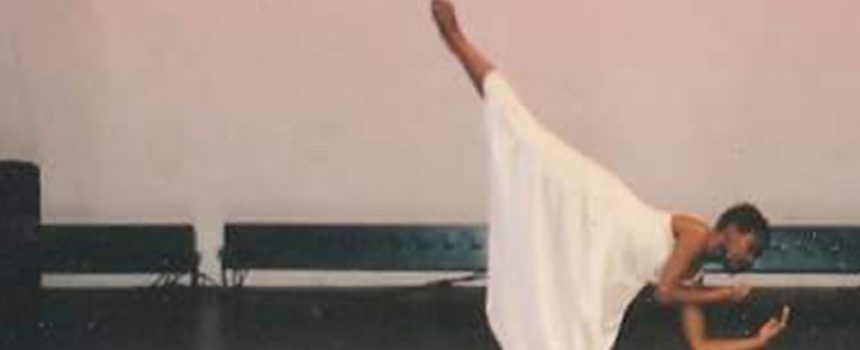
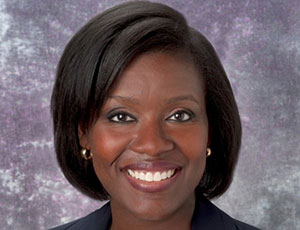
#FacesOfBalletPgh: Dr. Melonie Nance
ENT otolaryngologist, Pittsburgh Ballet Theatre Trustee, PBT + Dance Theatre of Harlem committee co-chair
Dr. Melonie Nance is a surgeon, a wife and a mother. But for much of her life, she was a dancer. It shaped her identity then, and it remains part of it today.
Dr. Nance threw body and soul into ballet beginning at age 8. In high school she made the difficult decision to prioritize academics, and a future career in medicine, over a rigorous pre-professional training schedule. In college, she rekindled her passion for dancing and performing, but faced an inner conflict with the dance form she’d grown up loving.
Now, years later, her 3.5-year-old daughter, Lalitha, is the one dancing. And, as a member of the Pittsburgh Ballet Theatre Board of Trustees and co-chair of the committee supporting PBT’s collaboration with Dance Theatre of Harlem, Dr. Nance is back to playing an integral role in the art form she’s loved for so long.
Here, she shares what drew her to ballet, what pushed her away, and ultimately what brought her back.
How did you first get into ballet?
“My mom took me to ballet when I was little. But she tells me that even when I was 3 years old I was the one that asked her if I could go to dance class. I took ballet when I was a little girl – ballet, tap and jazz – and then stopped when school got started and a I took piano and other things. When I was 8 years old I wanted to go back to ballet, and my mom wanted me to go to a place that was teaching serious ballet. She took me to the library before I started, and we checked out a book on the positions in ballet. We reviewed, and then she started me in classical ballet training at age 8.
I stopped in high school because it was getting to be the point where everybody was becoming pre-professional and you had to go five and six times a week and I had to stop and do my homework. It was a big decision. I sat down with my ballet teacher, Miss Ludmilla Dokodovsky, and we talked about it, and I told her that I wanted to go into medicine. When I went into college I started dancing again. I danced the entire time I was in college in almost every dance concert they had. It was a small school, and you didn’t have to be a dance major to be in every performance. It was modern dance and some ballet. A lot of students got to choreograph their own stuff, which was exciting. Three of my best friends in college were dance majors, so I was basically a dance major without the paperwork.”
What about ballet had you hooked?
“I love classical music. I think for me as a person, what I generally gravitate toward is something that is regimented and very difficult. I think that’s probably why I went into medicine too. I just liked the structure of it. I think it’s very analytical, the way you have to learn the combinations and stay on top of the music. I like the physicality of it. I love that it keeps you in shape. Even though you’re doing an art form it’s really totally physical training. Even now as I’ve tried to stay in shape and I go to the gym or yoga or pilates, it’s not the same.”
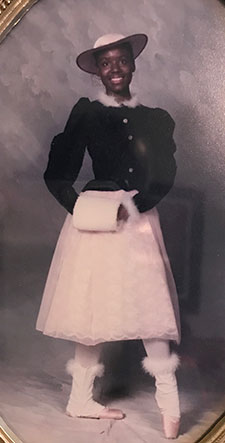 How do you feel ballet has shaped you as a person?
How do you feel ballet has shaped you as a person?
“For me, I’ve always been a person that can be really good at things without working too hard — but only certain things. So if something wasn’t easy for me, I would just do something else. But, ballet wasn’t easy for me at the beginning. My teacher, Miss Ludmilla, was just there, with me, on me, and she pushed me. Without that one-on-one interaction from her, I probably would have let it go earlier than I did. I remember specific days when she would come up to me in class and say, ‘Look at these muscles coming out. This is because you’re taking class so many times a week…’ or ‘Your body shape is good for doing really high jumps.’ She would do that with everyone. She would say, ‘you have the gift of having extension,’ or ‘look how you can turn.’ Everybody felt like they had these special gifts.”
Did you face any challenges in your pursuit of ballet?
“I don’t know if I felt actual racism in our dance school. There were a few other girls of color and boys of color in our dance company, and I felt that they got the roles that were commensurate with their level of talent. I didn’t feel that I couldn’t (achieve a role because of my color). I did know that I was one of the only ones, but that wasn’t really different from all of my other school activities.
But I have to talk about this other issue that I’ve had with ballet. When I was in college I came in as someone who had taken all of this classical ballet. Most of the classes were modern dance, so I had to kind of let that go, let it go out of my body. My best friend in college was a choreographer, and she was not a ballet dancer. She explained to me how ballet is Eurocentric, and that ballet pushed these European standards of beauty onto all dancers.These concepts expanded my mind, allowing me to see that there are so many types of dance besides ballet. During that time of my life, it was sort of uncool for me to love ballet because of the cultural references. It made me feel like I couldn’t love ballet as much because I was supposed to be searching for my own culture. I mean, I’m glad that it happened to me because it really opened my mind. You don’t have to have ballet training to be a good dancer, which I think is one of the main points she was trying to assert.
When I came to Pittsburgh and was in my residency, I took ballet for exercise, because I knew that was the best way for me to work out my body. It still is. Not until the last five years, when I started to really be involved in PBT and (a friend) got me back into ballet, did I realize that it’s OK for me to love ballet. And then with Misty (Copeland’s promotion to principal at American Ballet Theatre), it also helped me be like, ‘Hey I can love ballet and be a black woman.’ While in the past, I felt like I shouldn’t express my love for ballet because it was so European. But I don’t care anymore, I love ballet!
Now I think if we’re open to cultural diversity then…I think everyone can participate in it now and enjoy it in so many different ways. I’m glad that people are pushing to broaden and participate in their own way. I think the whole concept of Misty Copeland has allowed black girls, and women, to love ballet and proudly participate in it as a welcome part of the art form. There are so many different types of ballet choreographers now from all different cultures. I think we’re going to see a big widening and broadening of the field and what is ballet.”
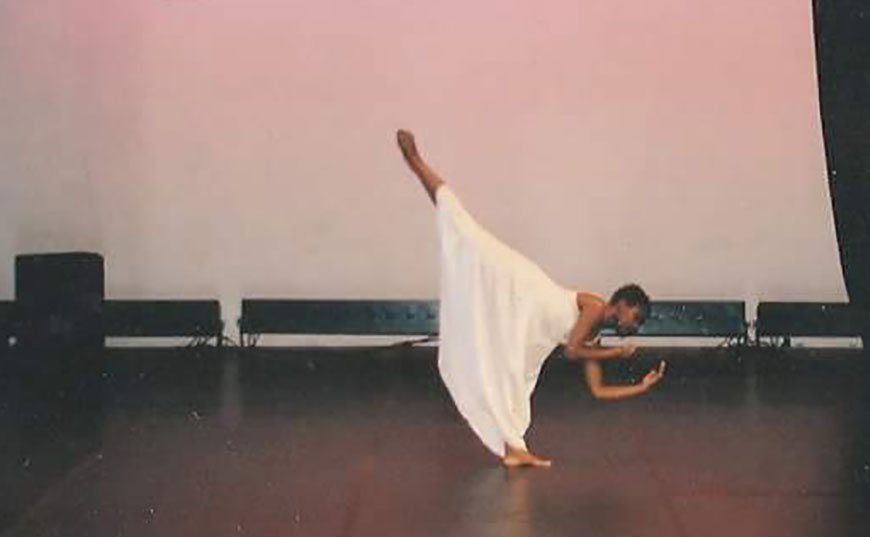
Did it help you discover an inner joy or sense of expression?
“Yeah, I think so. In high school you get to be involved in this whole other world. I played music, I played the flute and I was in band. I didn’t feel as much of an ability of self-expression as I do with dance and with ballet. Even after I stopped taking a lot of the high-intensity class schedules for ballet, I always was known as a dancer at school. I choreographed the school musical and other things. I felt like people knew me as a special talent. I won the talent show in sixth grade, so after that everyone knew that I was a ballet dancer.”
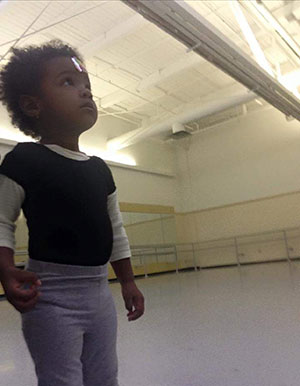
Now your daughter, Lalitha, is taking ballet classes. What do you see it bringing to your daughter’s life?
“I was so excited to take her (to her first Mommy and Me ballet class at Pittsburgh Ballet Theatre). I was like, ‘OK, you gotta get this under control because this is not about you anymore…I don’t want to push this on you.’ But she really loved it. I should share part of something I wrote to her on that day…
Dear Daughter,
On your first dance class, I may have been overjoyed about the fact that this happened today. I am not going to push you. But I do feel a special fulfillment in sharing something I love so much with you… I hope someday that you love something as much as I have loved and still love to dance — ballet and many other forms. God help me to open doors to many opportunities for you to choose your passion — whatever they may turn out to be…
Right now both of my little girls love ballet, and they’re around it a lot because of my involvement. If they really want to do it they certainly can. What I’m excited about is that they see so many girls of color in their dance classes and onstage…Lalitha just thinks it’s a regular thing. If they want to, the door is so wide open, but I certainly don’t want to push them. Right now it’s just about exposure.”
Why is this collaboration important to you personally and why do you think it’s important for our community?
“I just think it’s a doorway to get a whole bunch of people connected…It allows people to fall in love with ballet who may have thought ballet isn’t for me or it’s not for us. If they’re excited about Dance Theatre of Harlem and they come and see, I think people will get excited for the kids who may have opportunities to do ballet in a way that maybe they didn’t feel was a door that was open to them. I just feel like most people in Pittsburgh, when you talk about Dance Theatre of Harlem, get really excited. They’re excited about the history of DTH and how hard they’ve had to work to be there. Some of that same history is at PBT too in a different way. I think that it’s a real stepping stone to really widen the audience and widen the opportunities for kids in Pittsburgh to come and take ballet. It’s not going to be everyone’s career, for sure, but it can be a really important part of your upbringing.”
One thing that’s kind of funny is that my husband has never seen my dance. All the people who know me now, they know me as doctor, as a physician, as a mom. People that knew me in college and in high school and younger, they knew me as a dancer. They can’t believe I’m a doctor now. It’s so funny, because it’s so much of my identity in the past. I’m so glad now it’s becoming part of my identity in a new way.”
